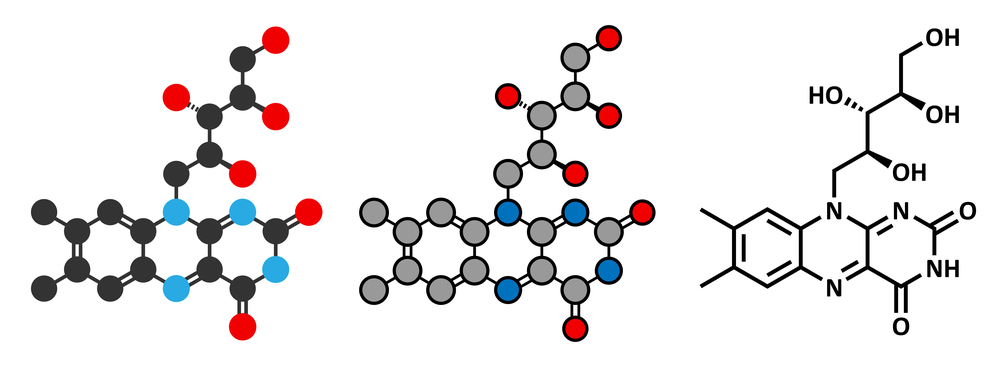OROGOLD Reports: Riboflavin Can Help with Early Discovery of Cancer – ORO GOLD Review
 A group of experts working for the Spanish National Cancer Research Centre (CNIO) have managed to discover that shining cells are the ones that are responsible for developing tumors. These findings are believed to have a major impact on tracking the origins of chemical resistance and launching personalized medication solutions so as to develop therapies that can actually prove to be effective against cancerous stem cells.
A group of experts working for the Spanish National Cancer Research Centre (CNIO) have managed to discover that shining cells are the ones that are responsible for developing tumors. These findings are believed to have a major impact on tracking the origins of chemical resistance and launching personalized medication solutions so as to develop therapies that can actually prove to be effective against cancerous stem cells.
These CNIO researchers have discovered a specific marker for cancer stem cells – Riboflavin. Riboflavin, popularly known as Vitamin B2 is a pigment that emits a green fluorescence because of its accumulation within the intracellular vesicles. Researchers believe that this light emission property of Riboflavin can actually be used to track, isolate and purify cancerous stem cells without having to introduce antibodies or complex therapies into the picture.
The results of this research have been published in the Nature Methods Journal on September 29, 2014. This study was funded by a number of parties such as the National Institute of Health Carlos III, the European Union, the La Caixa Foundation and the Spanish Ministry of Economy and Competitiveness.
The group is headed by scientists Christopher Heeschen, Bruno Sainz, and Irene Miranda. According to Irene, the discovery of this new marker for cancerous stem cells is nothing short of a breakthrough in medical science because of the fact that they can select tumor stem cells that are the most invasive for the body as well as cancer cells that are chemical-resistant. Irene believes that the autofluorescence properties of these cells should make it possible for experts to track and eliminate these cells in a simple and cost effective manner. Furthermore, the autofluorescence properties of Riboflavin should also help experts to study the origins of chemical resistance in these tumors.
Irene believes that this research becomes even more important when you consider the fact that the present technologies allows experts to understand the leaves of the trees that are represented by the tumors. However, present day technologies do not allow experts to determine the roots, i.e., the cancer stem cells that are ultimately responsible for the growth and progression of these tumors.
This discovery also leads to questions about why tumor stem cells accumulate Riboflavin. The research conducted by CNIO researchers shows this happens because of an increase in the ABCG2 protein, a protein that is in charge of transporting the Vitamin B2 into the intracellular vesicles. Despite its findings, the study still was not able to determine the factors that lead to this process.
Although there are many unknown factors in this autofluorescence process, it could spur a number of studies and approaches that can prove to be very beneficial to finding anti-cancerous treatments and cures. Both Christopher Heeschen and Bruno Sainz agree that experts should now be able to isolate the autofulorescent cells and test their sensitivity to marketed or experimental drugs. This should go a long way in creating and determining new combinations or drugs that can completely destroy the cancer stem cells in the body.
Source – “Intracellular autofluorescence: a biomarker for epithelial cancer stem cells”. Nature Methods (2014). doi: 10.1038/nmeth.3112

